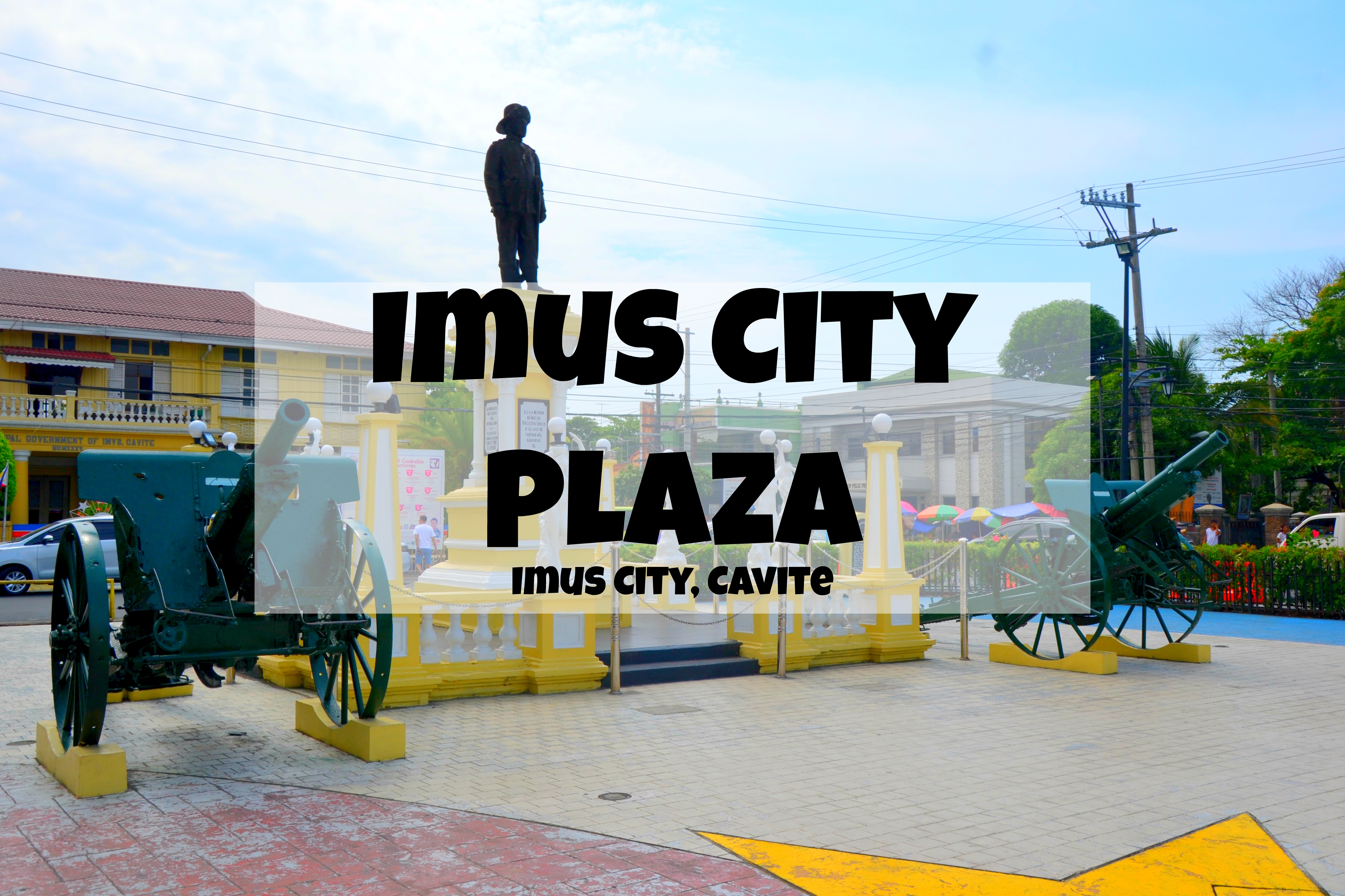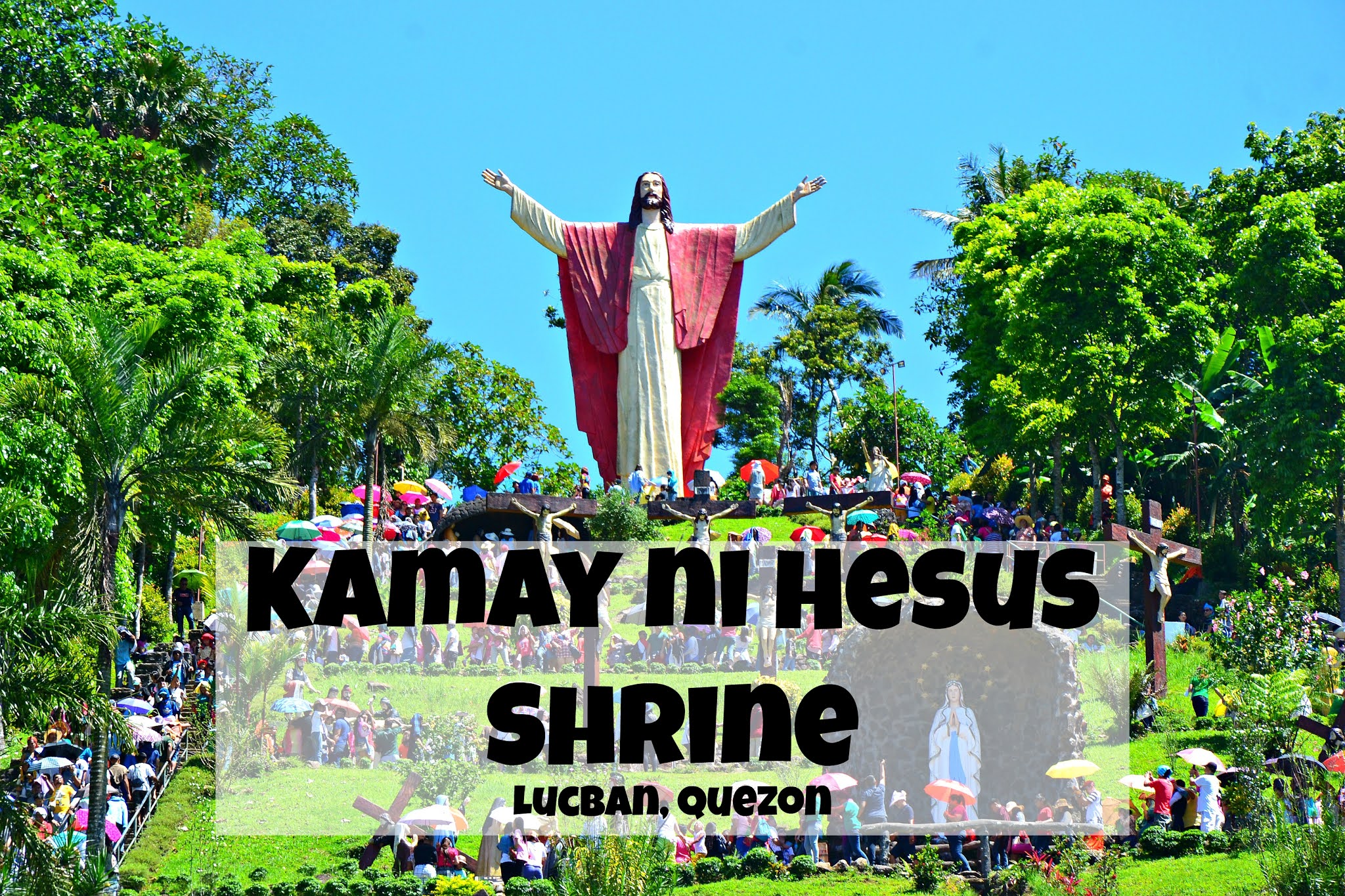Atomic Bomb Dome - Hiroshima
Atomic Bomb Dome (原爆ドーム) is the ruins of the Industrial Promotion Hall which now stands as a symbol of the atomic bombing of Hiroshima during World War 2. It is located at 1-10 Otemachi, Naka Ward, Hiroshima City in Hiroshima Prefecture, Japan.
 |
| Atomic Bomb Dome |
Atomic Bomb Dome details
Designed by Czech architect Jan Letzl and completed in 1915 as the Hiroshima Prefectural Products Exhibition Hall, the original structure of the Atomic Bomb Dome boasted three stories, featuring a prominent five-story staircase at its front center and crowned by an oval dome.
 |
| Atomic Bomb Dome - Hiroshima City, Hiroshima Prefecture |
Initially serving as a venue for showcasing and selling products from the region, the hall also facilitated research and consultations on commerce and industry and hosted various cultural events such as art exhibitions and expositions. Over time, its name transitioned to the Hiroshima Prefectural Product Exhibition Center and the Hiroshima Prefectural Industrial Promotion Center. By 1944, nearing the end of World War II, it housed government offices like the Ministry of Home Affairs Chugoku-Shikoku Civil Engineering Branch Office and the Hiroshima Prefectural District Lumber Corporation.
Photos of the Atomic Bomb Dome
Tragically, at 8:15 a.m. on August 6, 1945, the Atomic Bomb Dome endured the catastrophic impact of the world's first atomic bomb, dropped by a U.S. military B29 bomber over Hiroshima. Situated approximately 160 meters from the hypocenter, the Industrial Promotion Hall sustained severe damage from the blast wave and heat rays, leading to a devastating fire that engulfed the building. All occupants, including employees from various government and lumber companies, perished instantly.
 |
| The Atomic Bomb Dome as seen from across the Motoyasu River |
 |
 |
In the aftermath of the war, the remnants of the Industrial Promotion Hall gained notoriety as the Atomic Bomb Dome, owing to the distinctive disc steel frame atop the structure. While most walls of the adjacent Hiroshima Prefectural Industrial Promotion Center succumbed to the atomic bombing, the remaining low wall, resembling a perimeter around the dome, once extended to the third floor.
 |
 |
 |
| Atomic Bomb Dome UNESCO World Heritage Site marker |
 |
 |
| Hiroshima Prefectural Local Timber Control Co., Ltd. Employee Memorial Monument |
 |
| The Atom bomb struck Jizōson |
Controversy surrounded the preservation of the Atomic Bomb Dome post-war, with dissenting voices advocating for its demolition to avoid resurfacing painful memories of the atomic bombing. However, despite prolonged deliberations, no concrete decision regarding preservation or demolition was reached for years. Neglect over time resulted in the overgrowth of weeds and structural deterioration, posing safety hazards.
 |
The preservation movement gained momentum with the discovery of Hiroko Kajiyama's diary, who succumbed to leukemia at age 15 after surviving the atomic bomb as a one-year-old. Moved by her poignant words, which underscored the significance of the Industrial Promotion Center in conveying the horrors of the atomic bomb to future generations, Hiroshima City initiated strength surveys of the Atomic Bomb Dome in July 1965. A year later, in July 1966, the Hiroshima City Council passed a resolution advocating for its preservation.
Subsequently, fundraising campaigns were launched, paving the way for the commencement of preservation work in 1967. In March 1995, the government revised historic site designation criteria to encompass the World War II period, leading to the designation of the Atomic Bomb Dome as a historic site in June of the same year. Following a recommendation to the World Heritage Committee for registration as a World Heritage Site in April, the Atomic Bomb Dome received approval during the December 1996 session held in Mexico, solidifying its status as a globally recognized symbol of remembrance and resilience.
Team Nicerio visits the Atomic Bomb Dome
 |
 |
 |
My family and I first visited the Atomic Bomb Dome last December 26, 2022, during our 3-day Hiroshima Road Trip with our Japanese family. This trip marked my 420th day in Japan as an Assistant Language Teacher (ALT) in the JET Programme. Having been a history teacher back in the Philippines, I have always talked about the history of World War 2 and have shown the image of the Atomic Bomb Dome countless times. This year, I have finally seen it with my own eyes. There is this unique unexplainable feeling that overwhelmed me when I first saw the Atomic Bomb Dome. It moved me so much that I have changed my views and opinions. I can say now that I am against war. You won’t see me in the streets though but deep in my heart I would always go against it.
Atomic Bomb Dome Fees
It’s FREE to walk around and take pictures of the Atomic Bomb Dome. However, no one is allowed to enter the fenced part of the dome.
Atomic Bomb Dome Operating Hours
The Atomic Bomb Dome is open 24/7.
Why visit the Atomic Bomb Dome?
The iconic Atomic Bomb Dome stands as a reminder of how devastating atomic bombs are. It might be an ugly ruin to many but it preserves the memories of those who perished during that fateful August morning in 1945. If you are a history buff like me, this place should be on your bucket list.
Getting to Atomic Bomb Dome
From JR Hiroshima Station:
1. Astram Line and Walking:
Start your journey at JR Hiroshima Station.
Transfer to the Astram Line at JR Shin-Hakushima Station.
Ride the Astram Line for about 15 minutes until you reach Hondori Station.
From Hondori Station, it's a 600-meter walk west to reach the Atomic Bomb Dome.
2. Hiroshima Electric Railway (Streetcar) Line 2:
Take the Hiroshima Electric Railway (streetcar) Line 2 going towards Hiroden Miyajimaguchi, Hiroden Nishihiroshima, or Route 6 bound for Eba.
Get off at the Atomic Bomb Dome-mae stop after approximately 20 minutes.
3. Hiroshima Bus Route 22 or Other Bus:
Catch Hiroshima Bus Route 22 (Yokogawa Line) or another suitable bus.
Disembark at the "Genbaku Dome-mae" stop.
4. City Circulation Bus "Hiroshima Maple-Pup" (Orange Route):
Choose the city circulation bus "Hiroshima Maple-Pup" on the orange route.
Get off at the "Atomic Bomb Dome-mae" bus stop after about 15 minutes.
Ratings
| Cleanliness |
| Overall rating |
 |





















Comments
Post a Comment